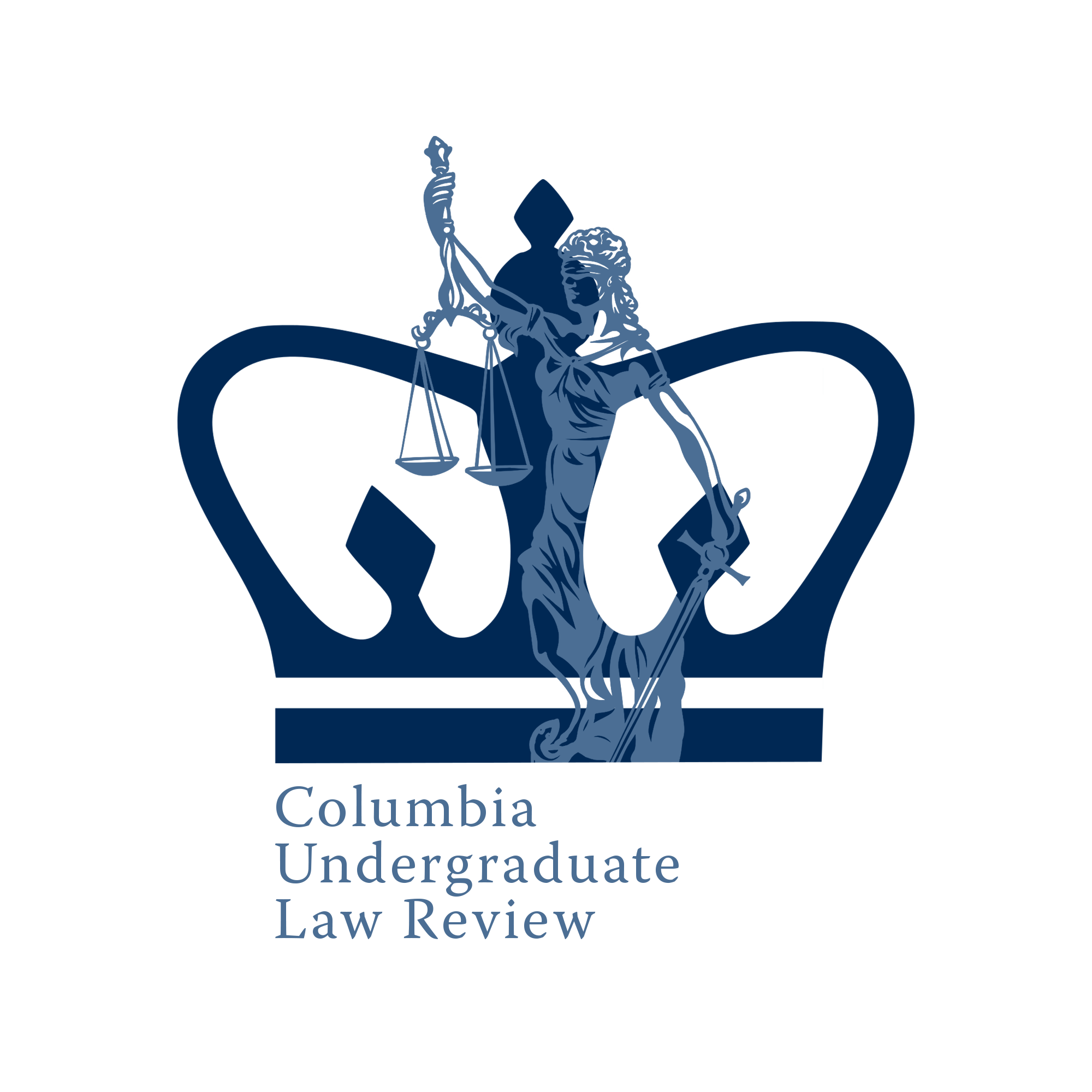With the acceleration of man-made global warming, environmental regulatory frameworks have come under severe scrutiny for not tackling climate issues with enough urgency. The advent of space tourism presents even greater challenges, since environmental regulations must now encompass innovations they were never intended to govern. At the center of this ambiguity is the Clean Air Act (CAA), the landmark 1970 law responsible for regulating U.S. atmospheric pollutants. The CAA laid the groundwork for the Environmental Protection Agency (EPA) to establish air quality standards for a variety of pollutants, including particles whose environmental implications were discovered after the law’s passage. Notably, the CAA does not explicitly regulate any emissions sources, but rather establishes different standards based on the classification of the emission source as either stationary or mobile. [1] However, the growing space tourism industry raises new concerns about the CAA’s regulatory prowess, because space rockets exhibit characteristics of both mobile sources (lower emissions standards) and stationary sources (higher emissions standards). Yet, the CAA does not include a resolution for potential mobile-stationary source classification overlap. [2] Given that technology moguls such as Richard Branson intend to expand space tourism thirty-fold in the next decade, space tourism has the potential to become one of the main contributors to greenhouse gas emissions in the near future. Hence, the classification of rockets as mobile or stationary is incredibly consequential. [3]
Read MoreOver the past year and a half, COVID-19 has ravaged the planet. However, in the past few months, while the developed world, spurred by high-efficacy vaccines, has enjoyed relative normalcy, the developing world has suffered the worst of the pandemic. This disparity has sparked debate around whether the World Trade Organization (WTO) should grant an Intellectual Property (IP) waiver for technology related to COVID-19 vaccine production. This waiver would protect national governments that issue a compulsory license—the right to produce a patented product—to its companies for the vaccine from legal action by other members. The resulting increase in producers would theoretically fuel a decrease in vaccine prices, making vaccines available to poorer nations.
Read More

